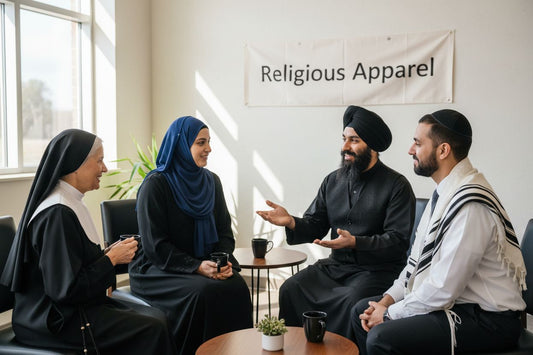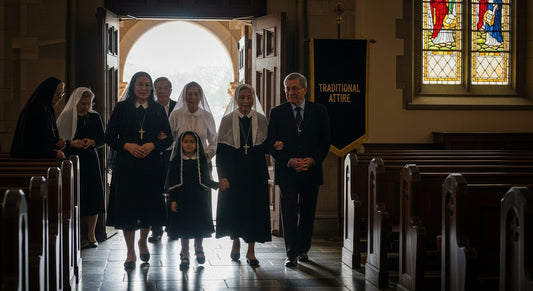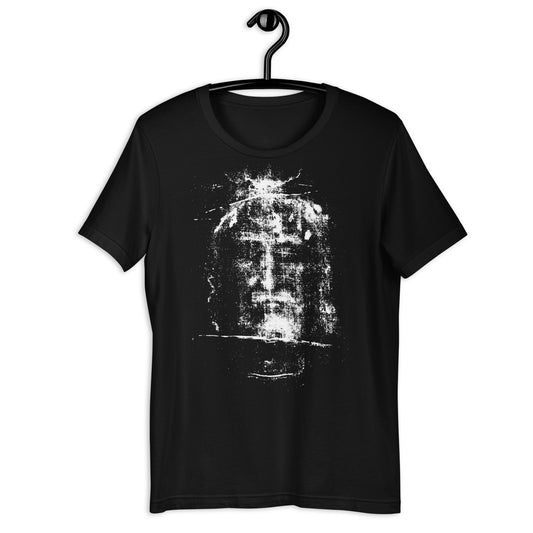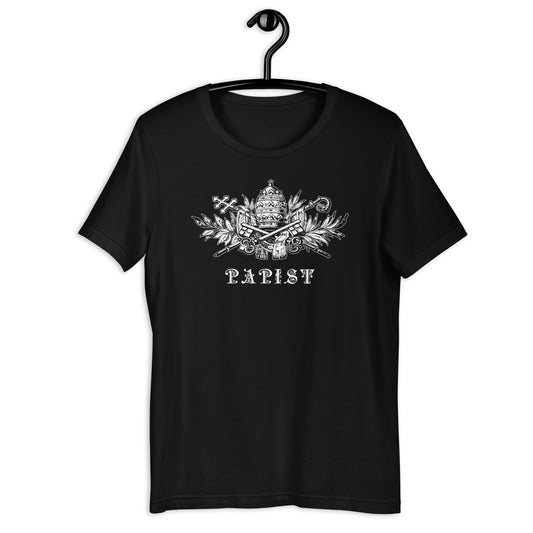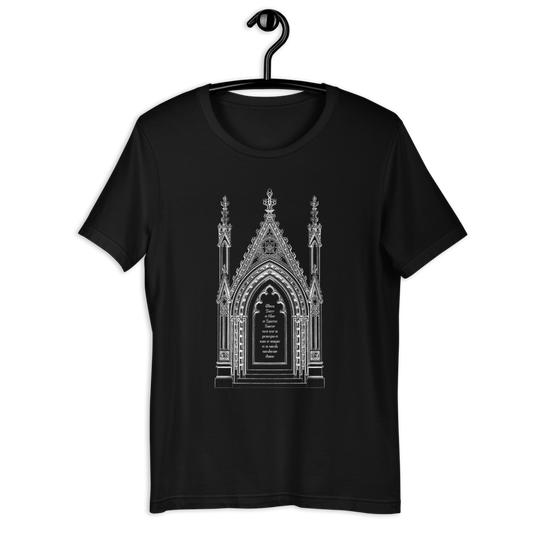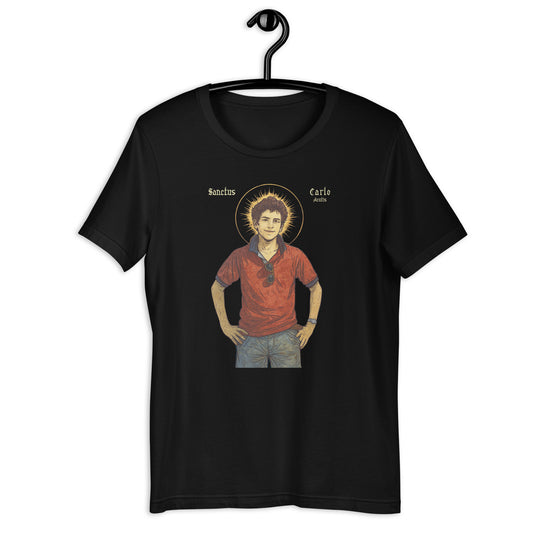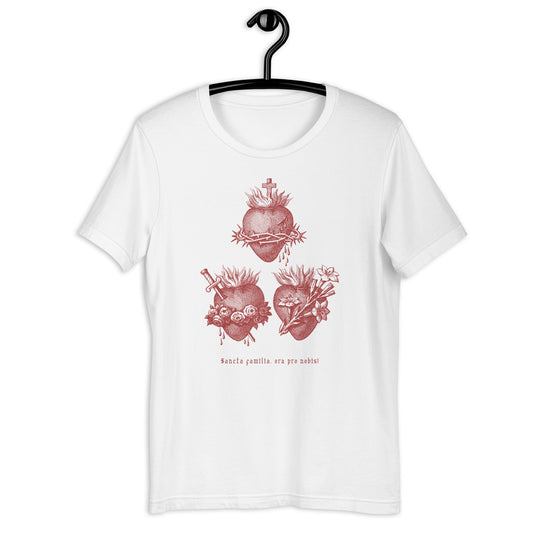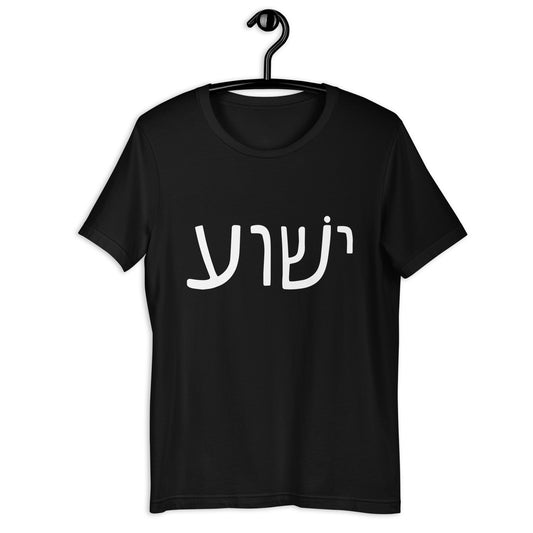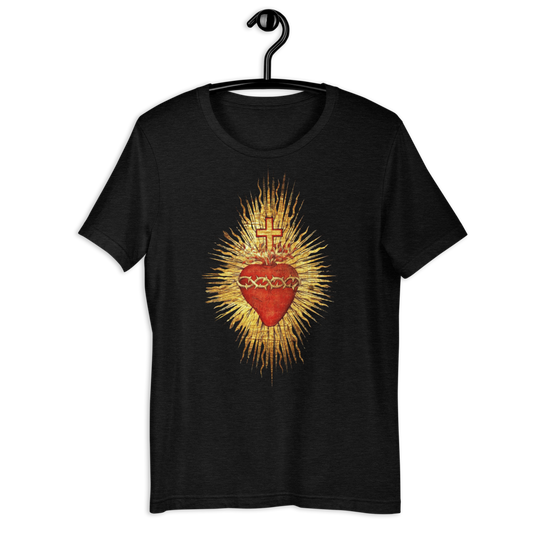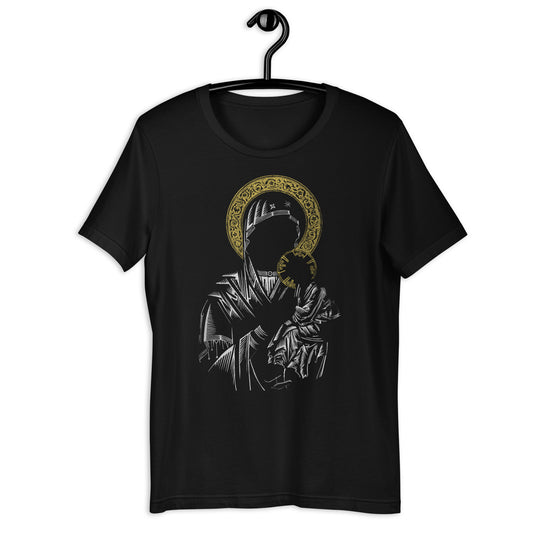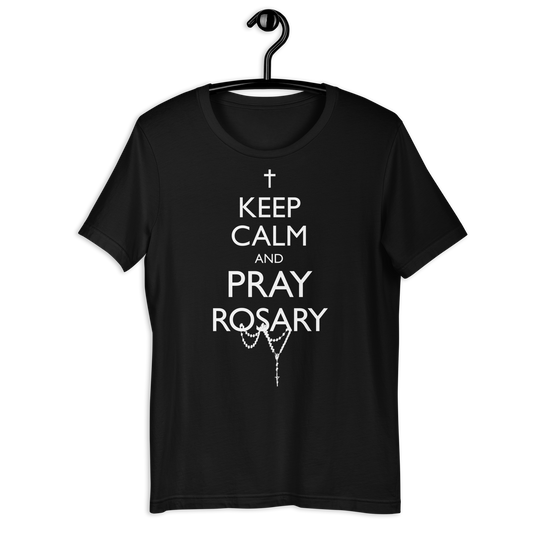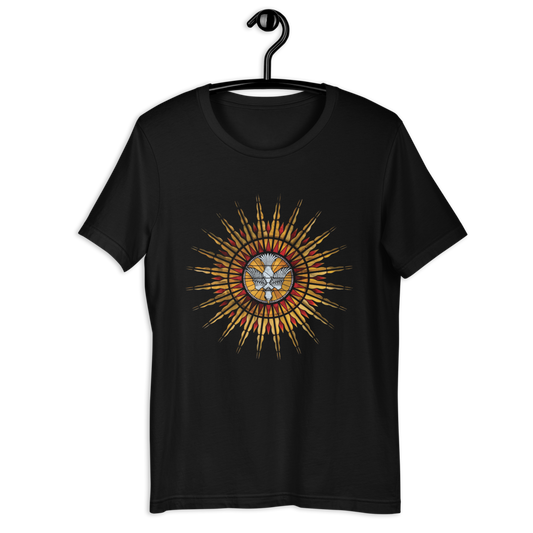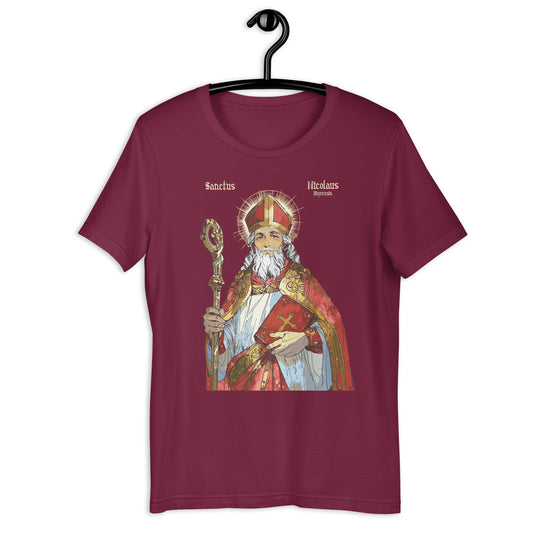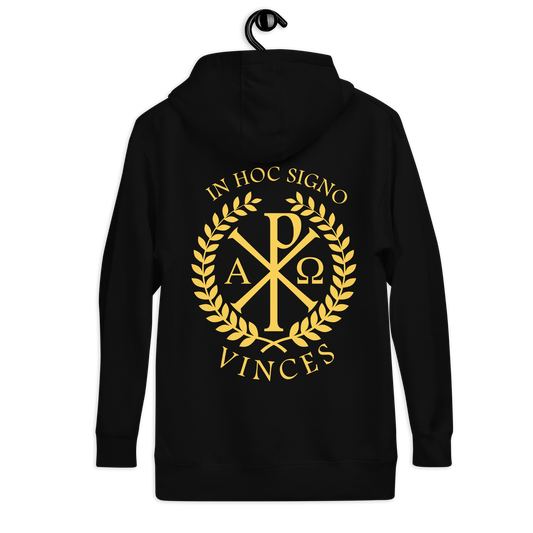Religious clothing might seem like just fabric and thread but it carries layers of significance that go far beyond appearance. Think about this for a moment. Religious apparel can instantly signal group identity and even preserve centuries old traditions for entire communities. It is not just about covering up or following fashion rules. These garments become living symbols that connect generations, shape personal faith journeys, and keep cultural histories alive—even as styles change with the times.
Table of Contents
- Defining Religious Apparel: Key Concepts And Styles
- The Significance Of Religious Apparel In Catholic Faith
- Cultural And Community Aspects Of Religious Apparel
- The Evolution Of Religious Apparel In Contemporary Society
Quick Summary
| Takeaway | Explanation |
|---|---|
| Religious apparel conveys deep personal beliefs. | These garments symbolize faith and connect wearers to their religious community, expressing internal convictions externally. |
| Different faiths have unique clothing styles. | Each religious tradition features specific garments that carry significant theological and cultural meanings, such as cassocks for Christians and hijabs for Muslims. |
| Religious attire fosters community identity. | Wearing specific religious clothing signifies membership and reinforces solidarity, helping individuals connect with shared cultural and spiritual narratives. |
| Modern trends influence religious clothing evolution. | Contemporary religious apparel reflects a blend of traditional values and modern fashion, allowing for greater personal expression and interpretation. |
| Religious garments preserve cultural heritage. | These items serve as tangible links to ancestral practices, helping communities remember and sustain their unique cultural narratives through generations. |
Defining Religious Apparel: Key Concepts and Styles
Religious apparel represents far more than simple clothing. These garments serve as powerful symbolic expressions of faith, cultural identity, and spiritual commitment. When individuals choose to wear specific religious attire, they communicate deeply personal beliefs while simultaneously connecting with their broader religious community.
The Core Purpose of Religious Clothing
Religious apparel functions through multiple meaningful dimensions. At its fundamental level, these garments represent external manifestations of internal spiritual convictions. Research from religious studies experts demonstrates that religious clothing transcends mere fashion, embodying theological principles, historical traditions, and personal devotion.
Key purposes of religious apparel include:
- Signaling membership within a specific religious community
- Demonstrating commitment to spiritual principles
- Practicing scriptural guidelines about modest dress
- Creating visual representations of faith identity
Diverse Styles and Symbolic Meanings
Religious clothing varies dramatically across different faith traditions. Christian religious attire might include cassocks, clerical collars, and liturgical vestments. Islamic religious clothing prominently features hijabs and abayas. Jewish religious wear incorporates items like kippot and tallitot. Sikh religious clothing prominently includes turbans, while Hindu religious attire features specific draping styles for ceremonial clothing.
Each garment carries profound symbolic significance beyond its aesthetic appearance.
To clarify the distinct garments and their deeper meanings across faiths, here is a comparison of religious apparel styles and symbolic signficance from different traditions:
| Faith Tradition | Common Garments | Symbolic Meaning |
|---|---|---|
| Christianity | Cassocks, Clerical Collars, Vestments | Represent spiritual authority, embody biblical traditions |
| Islam | Hijab, Abaya | Reflect modesty, express personal devotion |
| Judaism | Kippah, Tallit | Signify reverence, showcase connection to tradition |
| Sikhism | Turban | Symbolize honor, identity, and spiritual discipline |
| Hinduism | Ceremonial Draping Styles | Represent purity, demarcate ritual occasions |
This table helps visualize how each faith tradition has distinct apparel with specific meanings, reinforcing cultural identities and spiritual principles.
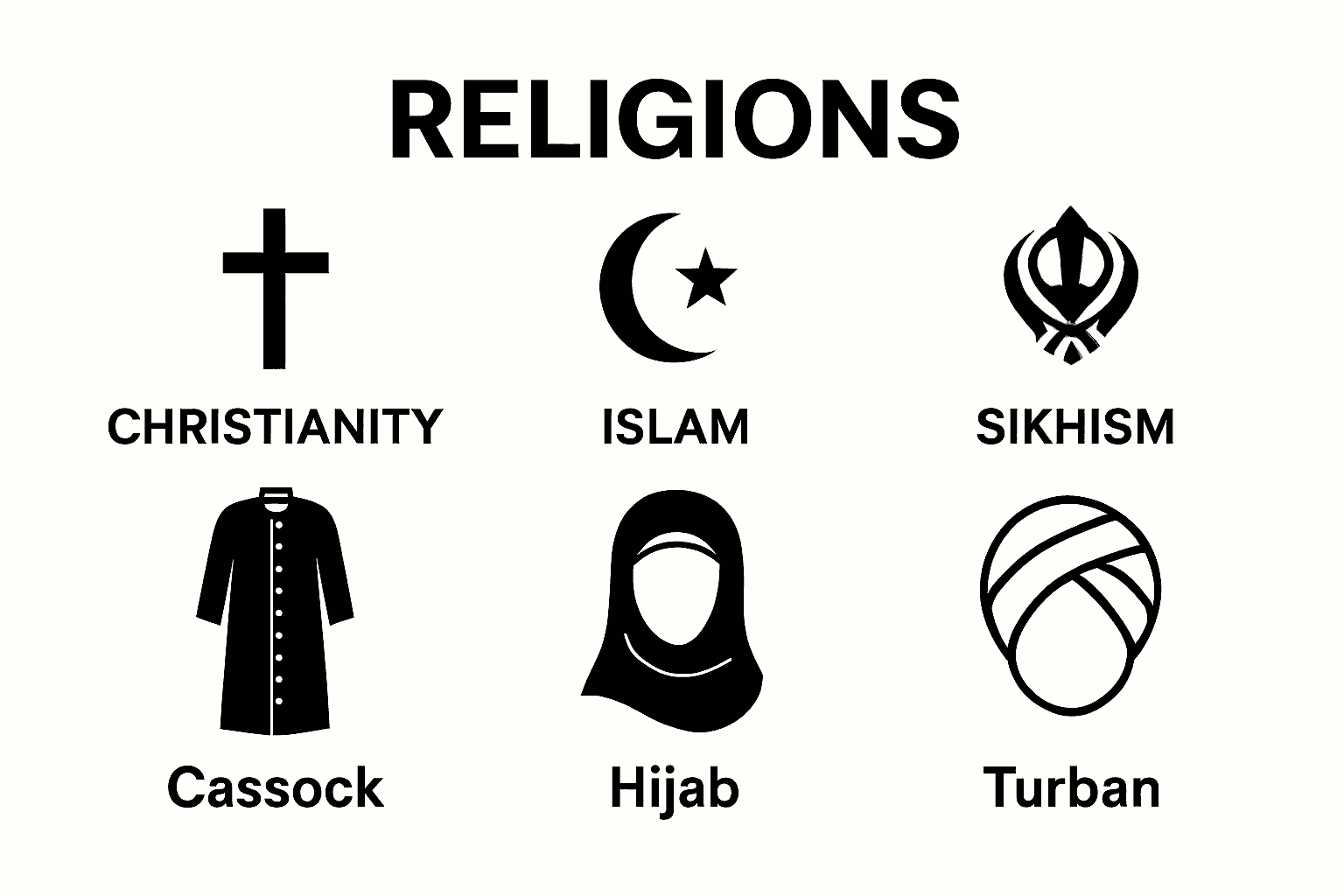 These clothing items communicate theological principles, cultural heritage, and personal spiritual journeys. Check out our guide on contemporary Catholic fashion to explore how religious apparel continues evolving in modern contexts.
These clothing items communicate theological principles, cultural heritage, and personal spiritual journeys. Check out our guide on contemporary Catholic fashion to explore how religious apparel continues evolving in modern contexts.
Cultural and Personal Significance
Religious apparel represents a complex intersection between personal expression, cultural tradition, and spiritual identity. These garments are not simply worn but are consciously chosen as statements of faith, respect, and personal conviction. They serve as visual testimonies that connect individuals to their spiritual communities while maintaining individual authenticity.
The Significance of Religious Apparel in Catholic Faith
Religious apparel in the Catholic tradition represents far more than aesthetic clothing. These garments embody profound theological meanings, spiritual symbolism, and a rich historical legacy that connects believers to centuries of religious practice and sacred tradition.
Theological Symbolism in Catholic Attire
Catholic liturgical vestments carry deep symbolic significance within the church. Each piece of clothing communicates specific spiritual messages and theological principles.
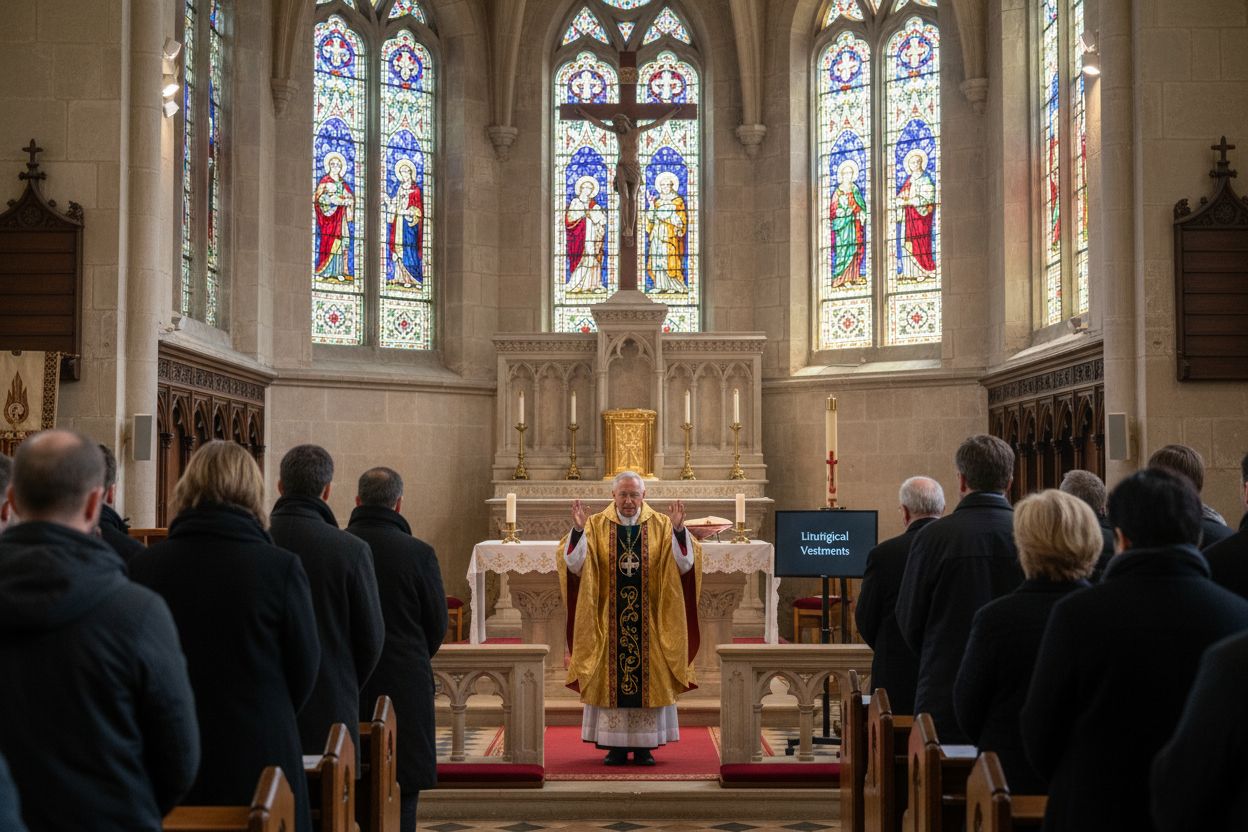 Liturgical vestments are not merely decorative but serve as visual representations of spiritual roles, biblical teachings, and ecclesiastical hierarchy.
Liturgical vestments are not merely decorative but serve as visual representations of spiritual roles, biblical teachings, and ecclesiastical hierarchy.
Key symbolic elements of Catholic religious apparel include:
- Representation of spiritual authority
- Manifestation of sacred ministerial roles
- Visual connection to biblical traditions
- Reflection of liturgical seasons and theological themes
Historical and Spiritual Context
Catholic religious apparel traces its roots to ancient liturgical practices and scriptural interpretations. Priests and religious leaders wear specific garments that signify their consecration and service to the church. These vestments connect contemporary worship with historical Christian traditions, creating a powerful visual narrative of continuous spiritual heritage.
Liturgical clothing transforms the wearer, symbolizing their role as a conduit between the divine and human communities. Learn more about evangelizing through apparel and how clothing can become a powerful medium of spiritual expression.
Contemporary Significance and Personal Spirituality
In modern Catholic practice, religious apparel continues to evolve while maintaining its core spiritual significance. Contemporary Catholics increasingly use clothing as a means of expressing personal faith, creating bridges between traditional religious expression and personal spiritual identity. Whether through liturgical vestments or everyday Catholic-inspired clothing, these garments serve as profound statements of belief, community, and personal commitment to spiritual values.
Here is a summary of the key roles and characteristics of religious apparel within Catholicism, highlighting symbolism, function, and relevance to both tradition and contemporary faith:
| Characteristic | Description |
|---|---|
| Spiritual Authority | Garments represent roles and hierarchy within the church |
| Connection to Tradition | Vestments link modern worship with ancient Christian practices |
| Symbolic Colors and Designs | Attire reflects liturgical seasons, theological themes, and spiritual messages |
| Visual Representation | Outfits signal sacred duties and reinforce the presence of the divine in worship contexts |
| Expression of Personal Faith | Clothing serves as a means for individuals to express and strengthen spiritual identity |
This table presents the main features of Catholic religious apparel and their importance, giving a structured overview of why these items matter beyond their appearance.
Cultural and Community Aspects of Religious Apparel
Religious apparel serves as a powerful medium of cultural communication, transcending individual expression to become a collective language of identity, belonging, and spiritual connection. These garments represent intricate social narratives that bind communities together through shared symbolism and deeply rooted traditions.
Identity and Belonging
Religious clothing functions as a visual marker of group membership, signaling complex social and spiritual affiliations. According to anthropological research on cultural identity, clothing becomes a critical mechanism through which communities define and reinforce their collective boundaries and shared values.
Key aspects of community identity through religious apparel include:
- Establishing immediate visual recognition
- Reinforcing group solidarity
- Communicating cultural heritage
- Creating a sense of spiritual continuity
- Maintaining traditional practices across generations
Social Dynamics and Interaction
Religious attire shapes social interactions in profound ways. When individuals wear specific religious clothing, they communicate complex messages about personal beliefs, cultural background, and spiritual commitments. These garments serve as non verbal communication tools that invite dialogue, signal respect, and create opportunities for understanding across different faith communities.
Learn more about the role of apparel in evangelism and how clothing can bridge cultural conversations and spiritual connections.
Preservation of Cultural Heritage
Beyond individual expression, religious apparel acts as a living archive of cultural memory. Each garment carries historical significance, preserving traditions that might otherwise fade with time. Religious clothing becomes a tangible connection to ancestral practices, allowing communities to maintain their unique cultural narratives in an increasingly globalized world.
These clothing items are not mere fabric but living testimonies of cultural resilience, spiritual commitment, and collective memory. They represent dynamic systems of meaning that adapt while maintaining core traditional values, enabling communities to honor their past while remaining engaged with contemporary social contexts.
The Evolution of Religious Apparel in Contemporary Society
Religious apparel has undergone significant transformations in contemporary society, navigating complex intersections between traditional spiritual practices and modern cultural dynamics. These changes reflect broader societal shifts in understanding faith, personal expression, and cultural identity.
Modernization and Personal Expression
Contemporary religious clothing represents a dynamic dialogue between tradition and individual interpretation. Sociological research on religious identity reveals that modern believers are increasingly using religious apparel as a nuanced form of personal and collective expression.
Key characteristics of modern religious apparel evolution include:
- Integration of contemporary fashion trends
- Increased personalization of spiritual symbols
- Blending traditional designs with modern aesthetics
- Enhanced flexibility in interpretation of religious dress codes
- Greater individual agency in clothing choices
Technological and Cultural Influences
Digital culture and globalization have dramatically reshaped how religious communities approach clothing. Social media platforms and online communities have created unprecedented opportunities for believers to share, discuss, and reinterpret religious fashion. Explore our guide on contemporary Catholic clothing to understand how technology influences religious apparel design and perception.
Challenges and Adaptations
Modern religious apparel confronts multiple challenges, including maintaining authentic spiritual meaning while remaining relevant in a rapidly changing cultural landscape. Religious communities are actively negotiating these tensions, creating innovative approaches that respect traditional symbolism while embracing contemporary social realities.
This evolution demonstrates religious apparel’s remarkable capacity for adaptation. Rather than becoming obsolete, these garments continue to serve as powerful mediums of spiritual communication, personal identity, and cultural connection. They represent living traditions that breathe, change, and maintain their core spiritual essence across generations and societal transformations.
Discover Authentic Catholic Apparel That Inspires Conversation
If you have ever felt that traditional religious clothing can be difficult to connect with in the modern world, you are not alone. This article has shown how religious apparel is meant to represent faith, cultural identity, and a powerful sense of belonging. Yet many Catholics struggle to find clothing that feels both meaningful and truly wearable in everyday life.

This is where Catholic T-Shirts | Simple Faith, Timeless Style from Deus Design makes a difference. Each item is thoughtfully created to honor tradition while boldly fitting into contemporary style. You will find shirts and accessories that carry a message of faith you can share without hesitation. Become part of a movement where your clothing is not just a statement but a tool for evangelizing and building community. Ready to express your faith with confidence? Explore our full collection at https://deusdesign.org and see how you can spark meaningful conversations wherever you go.
Frequently Asked Questions
What is the purpose of religious apparel?
Religious apparel serves as external manifestations of internal spiritual convictions, signaling membership within a specific religious community, demonstrating commitment to spiritual principles, and creating visual representations of faith identity.
How does religious clothing vary across different faiths?
Religious clothing varies significantly among faith traditions, including cassocks and clerical collars in Christianity, hijabs and abayas in Islam, kippot and tallitot in Judaism, turbans in Sikhism, and specific draping styles in Hinduism, each carrying profound symbolic significance.
Why is symbolic meaning important in religious attire?
Symbolic meaning in religious attire is crucial as it communicates theological principles, cultural heritage, and personal spiritual journeys, making these garments more than just clothing but powerful expressions of faith and identity.
How has modern society influenced the evolution of religious apparel?
Modern society has influenced religious apparel through the integration of contemporary fashion trends, increased personalization, and the blending of traditional designs with modern aesthetics, allowing individuals to express their spirituality in unique ways.


